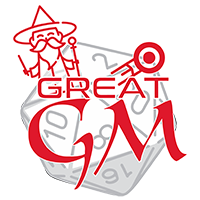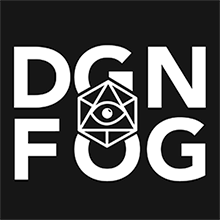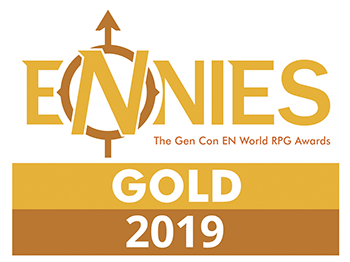Hierarchy and Hegemony
Not only is magic about the control of force, the larger community is about the control of the use and access to magic. This historically has created a tension between the free exchange of ideas and the safety of the practitioner. Despite magical practice and guilds being part of the mainstream community for eons, there is still a bias and stigma by non-practitioners, whether it is based in fear, misunderstanding or an attempt of larger governmental desire for control, practitioners must exist in some community and hierarchy. This provides for the common good and also has allowed some advances in training and education.
Guilds and Orders
Guilds and orders are formal organizations of magic and divine practitioners. The Elvin, Dagadaplau and Easoplau realms each have a Mages Guild. The highest ranking member, the Grand Master, sits on a board of leaders or advisors and has a key role in the governing of their realm. Similarly, each deity that has a group of followers is organized in to an order, with the leaders of all the orders in a realm forming a Council of Cardinals and each realms Council having a Grand Master who sits on the board of leaders or advisors. Divine orders are more strictly regimented in the organization and ranks. Most guilds have seekers, initiates or novitiates, masters, adepts and the grand master. The adepts are limited in number to one in each of the elemental, infernal and shamanistic domains and these three senior members advise the Grand Master on the running of the guild.
Apostates
Magi, who have left the bounds of a political realm and/or are without a guild affiliation, are considered apostates. In the early years of political participation by boards of Guild Grand Masters, unpopular, rogue, or excommunicated members were kicked out of guilds and made apostate. With a growing community of half elves and excommunicated magi, the apostates organized themselves into an apolitical guild of their own. The major difference is the apostate guild is an elected representation of its members and includes an apostate divine magi adept on the apostate guild council. While in the past, specific members have tried to control the apostate's guild politics, the larger group consciousness has kept the body truly representative.
Training
Training in the major guilds and orders requires those showing innate talent who are interested in membership to pass a screening test, upon which time they start membership as a seeker or equivalent lay rank. These non-member members provide the most mundane labor for the upkeep of the order or guild and its facilities. After a period, seekers are dismissed or noticed by a master and advanced to initiation in the guild. Divine orders have a more formal process and allow lifelong lay participation to support infrastructure of the order. Most guilds also have some annual or periodic challenge exam to allow direct induction as a novitiate or, rarely, a more senior rank or standing, this route is often the hardest as most seekers and former seekers politicize these exams, rather than looking for truly good candidates. Apostate guild membership starts at the master level with a membership challenge exam and there are no novitiate or seeker members. Apostate masters, adepts and grand masters can each have one student of their own choosing at a time–though many take few or no students ever. The choice of student, the training agreement and teaching are solely between master and student–not the apostate guild.
Elemental
Elemental practitioners are the second most by the number of all practitioners and the largest number in the formal guilds. The competition for the position of adept elementalist is then correspondingly the toughest as the pool of applicants is the largest. The elementalist training to achieve master level requires 3 to 5 years of work as a novice, while rarely does it take less than 3 years. It is not uncommon for many to take 7 years to advance to master. Interestingly enough, less than one third of grand masters are elementalists, the reasons for this are many and varied.
Divine
Divine adherents are the most numerous of all practitioners. The number of grades and the time of training is more delineated in religious orders, with most having initiates, novices, deacons, clerics, priests (Master), bishops (adept) and cardinals (grand master). It takes at least 3 years per grade promotion; however, there are lifelong deacons and clerics whom never take full initiation as a priest.
Infernal
Most infernal practitioners are apostates, who started as a novice in another domain, elemental or divine, and chose or fell into the dark arts and left their prior guild. The numbers of infernal practitioners in non-apostate guilds is limited by the one master-student rules, thus, only a handful of dark magi are part of each guild. The best dark magic training exists in the apostate guild as less polite restraint is imposed there than the politicized major guilds.
Shamanistic
Shamanistic practitioners are numerically the smallest group, but as a percentage of Grand Masters, they are the highest. This is likely related to the educational process, for to become a shaman novice, you must have mastered at least one domain and studied under masters in the other two domains. Many masters, once they have achieved this rank, are unwilling to resubmit themselves to the command of another master, effectively restarting their learning process. Thus, skills, technical material and innate ability aside, this is the most arduous of the domains to become a master in. However, having studied all domains, this gives the shaman a broader appreciation of magic and prepares many well for the challenges of being a Grand Master.







